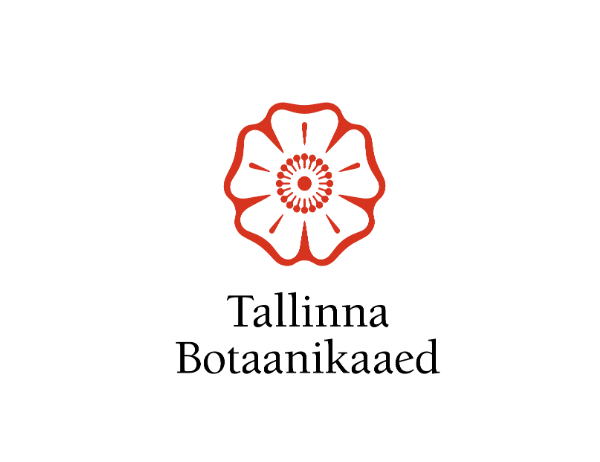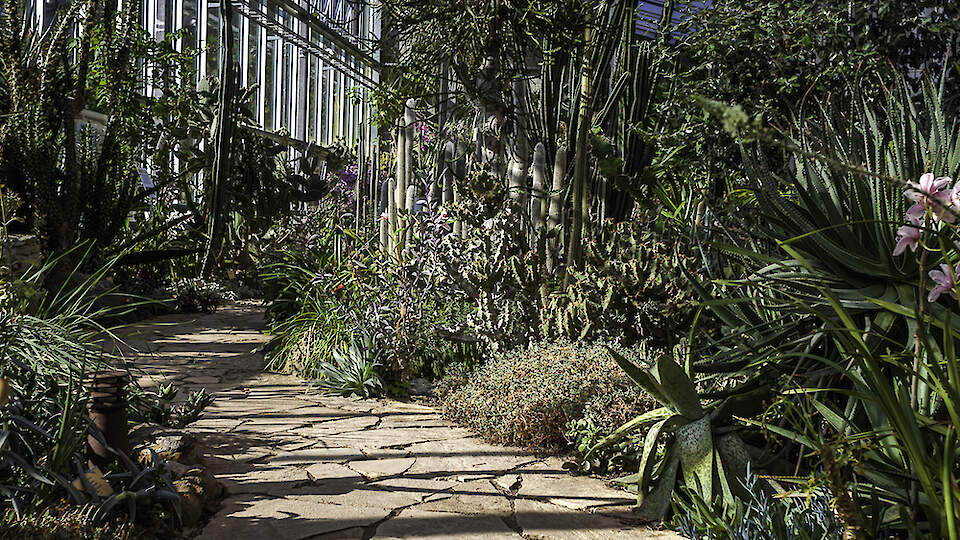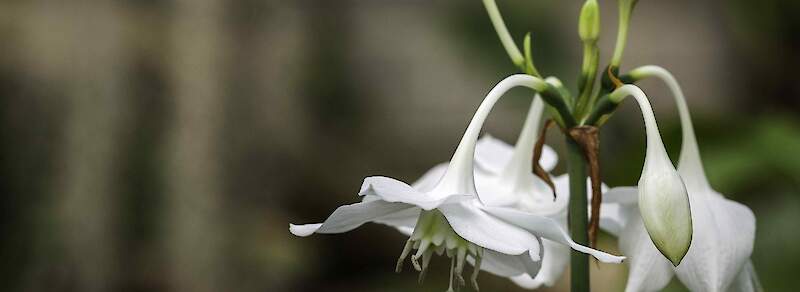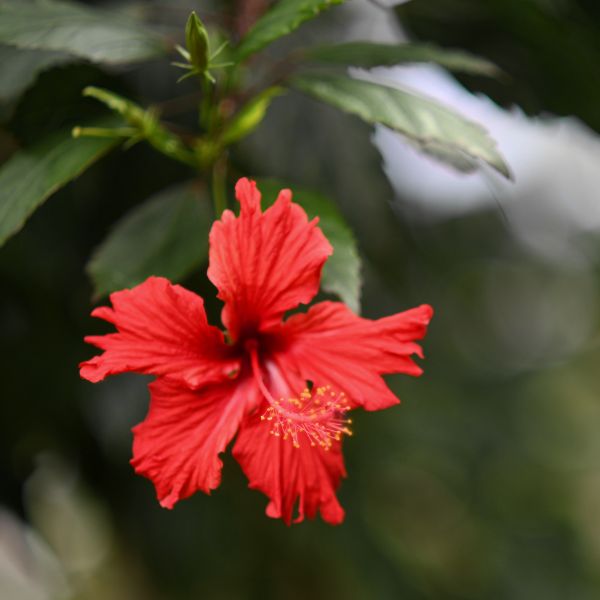- All participants
- Tallinn Botanic Garden

Welcome to the Embassy of the Republic of Thailand!
More than 8,500 different plant species grow in Tallinn Botanical Garden. Here you can walk through more than 20 hectares without leaving the city, and discover both species-rich plant collections and a number of semi-natural communities and their characteristic wild plant species. The main mission of Tallinn Botanical Garden is to raise environmental awareness.
To mark the anniversary, Tallinn Botanic Garden has become the Embassy of the Plant World, offering embassies in Estonia the opportunity to showcase their country, its nature and culture.
From the Botanic Garden
The Tallinn Botanic Garden is the best landscaped area of the lower Pirita River. The Botanic Garden is located on four terraces of the Pirita River, with a winding network of paths and 9 ponds, most of which receive water from the Lepiku Ditch. The conifer ponds are populated by a large number of white water lilies. The plant exposures are set against a backdrop of pine forests to the north-west and north and a mixed pine-oak forest to the east. In the latter, a wooded meadow is being cleared to create a secular oak forest.
In the Botanic Garden's rose garden, which has around 700 varieties, you can see rose varieties from different breeding periods and groups, the oldest of which date back to the 15th century, such as the white rose(Rosa ×alba) 'Maxima', but also several new varieties bred in Estonia, such as 'Prime Minister Savisaar'. The central feature of the dendrarium is the botanical gardens' exhibition - a dendrarium is a park with views of the buildings, the Pirita river and the ponds. In the dendraria, plants are arranged according to the principle of relatedness, making it easy to compare related species and identify differences between them. Among the more than 1,560 plants in the dendrarium are rarities that are not found in such large numbers elsewhere in Estonia, such as the maple(Kalopanax septemlobus), the chosenia(Chosenia arbutifolia) and the giant needle(Abies grandis). The magnolia varieties(Magnolia) bloom more and more profusely with age. The tallest tree in the botanic garden,Populus'Petrowskiana', grows in the south-eastern part of the dendrarium in theSalicaceae section. The tree is 31 m tall and has a diameter of 124 cm. Close by, the largest tree planted in the botanic garden is the silver mallow(Salix alba var. sericea), with branch diameters of 145, 83 and 99 cm and a height of 29 m. The tree is called 'Salixalba ' and is the largest in the botanic garden.
Embassy of the Republic of Thailand
The Tallinn Botanical Garden grows plants from all over the world. The natural habitats of our caretakers range from dry deserts and hot rainforests to tundra, taiga and high mountains.
As well as providing a new home for plants, we do our best to introduce them and their habits and to teach people to be friendly with the plant kingdom.
In other words, we act as an ambassador for the plant kingdom.
But no job is done alone. That's why, in our jubilee year, we've offered embassies in Estonia the opportunity to showcase their country, its nature and its culture at the Tallinn Botanical Gardens. In this way, we hope to bring the diversity of the world's nature closer to our visitors.
From May onwards, each month one embassy will present its country
Each month, the plants of that country will be marked on the territory of Tallinn Botanical Garden. Thematic tours, workshops and theme days will be organised.

























